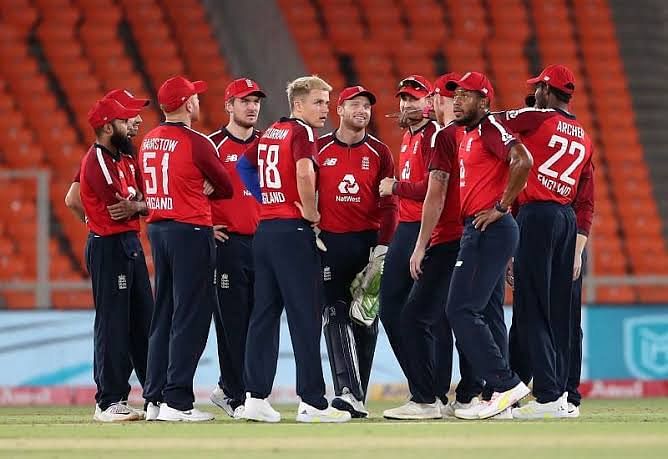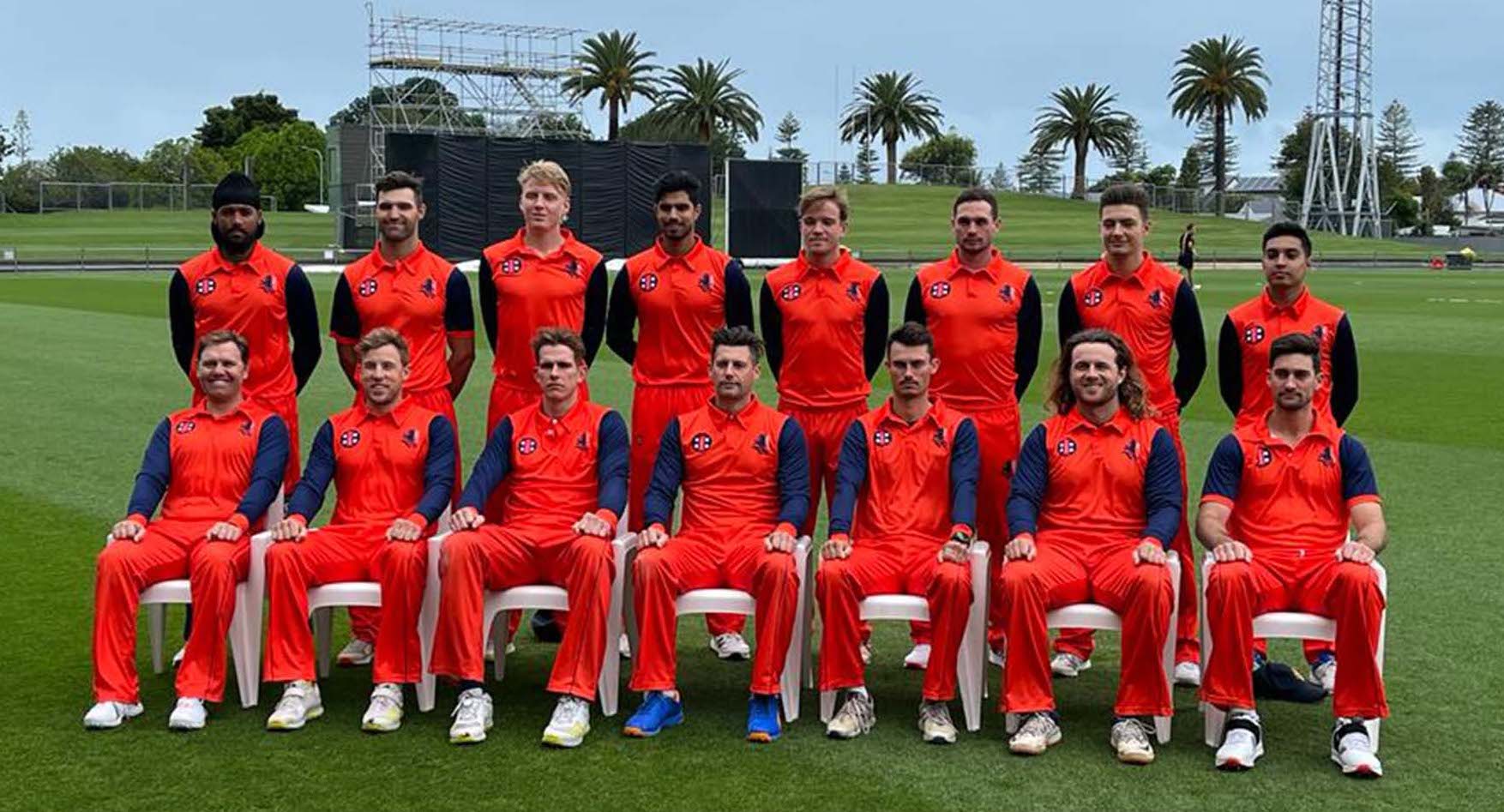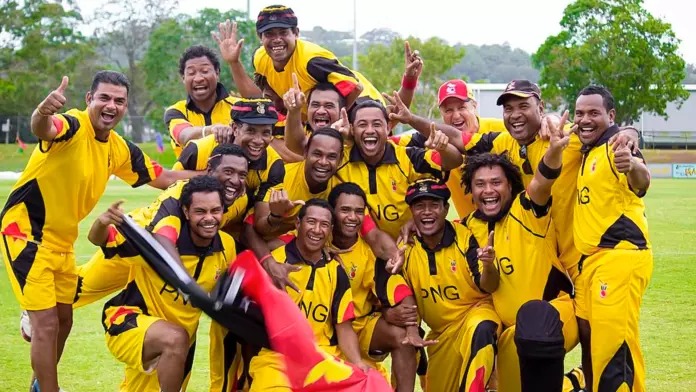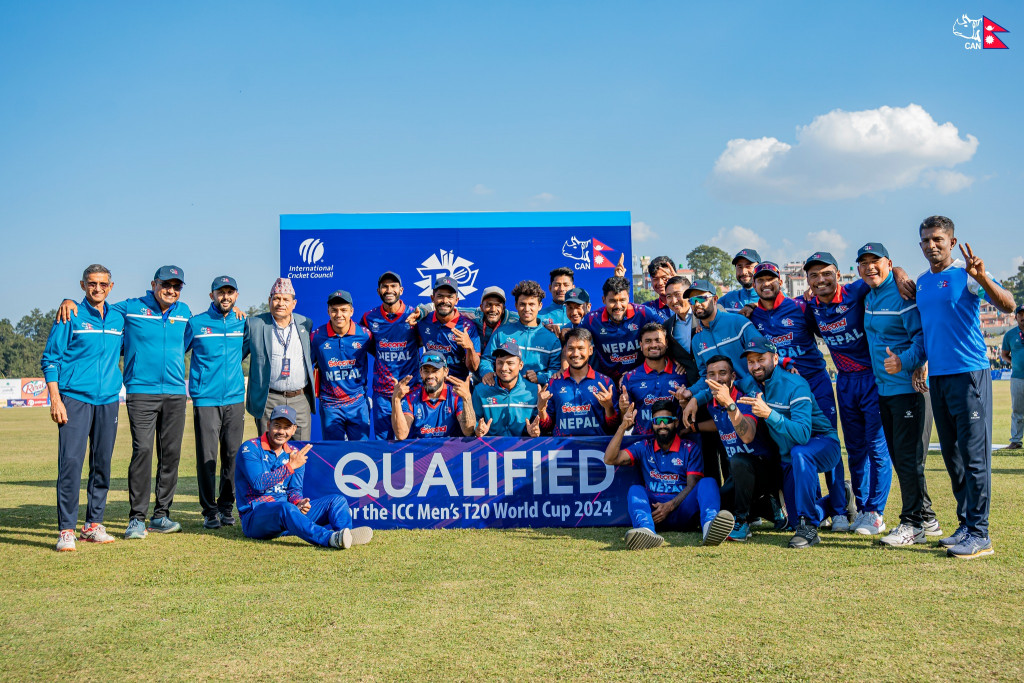The T20 format was a revolution for cricket in terms of how it enhanced the competition among nations, how it made it possible for the smaller teams to compete with proper strength and vigor, the biggest example being Afghanistan, which have been ahead of the likes of Sri Lanka and Bangladesh when it comes to forming and progression in recent years.
The format was also a commercial boon, with so many leagues emerging to host cricketing action throughout the year, be it the Big Bash League or the grandest T20 league competition in the world, the Indian Premier League (IPL).
The other formats of the game, Tests, and ODIs saw teams sticking on to the same squad for three to four years but T20’s emergence earned players galore to step up at the grand stage, prove their worth in T20 and if possible, also reflect their potential to perform remarkably in ODIs and tests.
With T20 competitions running in full-fledged capacity over the years, every player in every format of cricket is vulnerable to losing his place in the squad as we keep witnessing budding superstars from these leagues on a daily basis.
However, the advent of the T20s once also raised the question of the format could come as an end for the spinners. Some said that spin bowling would be ruined by this format, while some were quick enough to call the format the death of cricket. It was 1999 when India boasted the likes of Anil Kumble and Harbhajan Singh, while the World Champions held their pride in possessing Shane Warne.
20 years later, the story between India and Australia, two countries that have more or less been at the top of the game since then, remained the same, with India showcasing the duo of Ravindra Jadeja and Ravichandran Ashwin, and Australia placing their faith in Nathan Lyon.
Let's dive deep as we analyze how spinners have fared in T20s since then, the factors different spinners bring to the format, and the kind of spinners that are the most effective in T20s.
Types of Spinners
Wrist Spinners or Leg Spinners
In the t20s, batsmen don’t want to rush their innings and get out early but at the same time, they also intend to keep the scoreboard ticking. Wrist spinners often tend to mix the lengths, causing trouble to the batsmen. They also can turn the ball into the batsman with their ‘googly.’
A format that encourages hard-hitting, people thought that spinners won’t survive but the spinners used their vulnerabilities as strengths and when people anticipated finishing the game off in a single over, spinners picked multiple wickets, counter-attacking the batsmen and putting them under immense pressure. The T20 format now enables wrist spinners to bowl just four effective overs and cement their spot in a side compared to fighting it out in tests for 20-30 overs that too not being assured a spot in the next game.
Finger Spinners or Off Spinners
Wrist spinners aren’t as accurate in most cases in terms of bowling the same line over and over again and this is where the finger spinners or off-spinners come into play. With the inception of the ‘carrom ball’ or the ‘doosra’ even finger spinners are now capable of turning the ball in both directions.
This gives them an edge in the longer formats as they can trouble the batsmen with the same line and length repeatedly. The likes of Ravi Ashwin, Ravindra Jadeja, Nathan Lyon, are all finger spinners who have been incessant with their accuracy in the longest format of the game.
Evidence of what we mentioned above is the current ICC T20I bowling rankings. To begin with, we have six wrist spinners, three-finger spinners (Mujeeb Ur Rehman, Ish Sodhi, Wanindu de Silva), and only one pacer (Tim Southee). Definitely not the end of spinners in T20s right?

Pitch
The pitch also plays a significant role in either assisting or making it difficult for the spinners to bowl. Some conditions help the leg spinners, while some come in handy for the off-spinners. Keeping the upcoming ICC World Twenty20 in mind, the Australian pitches usually offer a lot to the Pacers only, but the Sydney and Adelaide pitches have shown that they can be good help the spinners to shine brightly.
Let's see how the top five bowlers have performed in T20Is.
Tabraiz Shamsi (South Africa)

Having played in 37 T20Is, Shamsi has 38 wickets, with an average of 25.03, and an economy of 6.89. The world no.1 T20I bowler proved his worth against West Indies in their latest series and was also the Man of the Match of the deciding fifth T20I.
Rashid Khan (Afghanistan)

Rashid Khan’s career debuted in 2015 but it was 2017 that was his breakout year. Rashid Khan has not only been a wicket-taking and consistent bowler but he has been an enormous part of bringing the limelight to Afghanistan’s potential as a cricketing nation. Rashid has played 51 tests, having picked 95 wickets, with an average of 12.63, and an economy of 6.22. Staggering, Isn’t it? Currently, Rashid Khan is second in the rankings and will surely push himself harder to take the top spot.
Ashton Agar (Australia)

Agar has been a key figure in the Australian side. Having featured in 32 T20Is, he has picked 38 wickets, with an impressive average of 19.55, and an economy of 6.88. Just 27 years old, Agar will be hoping to cement his place in the Australian lineup.
Adil Rashid (England)

England’s most experienced and reliable spinner at the moment, Adil Rashid has represented England in 60 T20Is. He has 59 wickets to his name, with an average of 25.66 and an economy of 7.46. The fact that he is fourth shows how consistent and effective he has been for England recently.
Wanindu De Silva (Sri Lanka)

One of the very few performers in the current Sri Lanka squad, De Silva has been a key figure for his side and has contributed with both the bat and ball. He has played 18 T20Is, picking 26 wickets, with an average of 15.77 and an economy of 6.76. The 23-year old made the headlines with his stellar performance in the Lanka Premier League and ever since he has been the best Lankan player.
Tim Southee who is seventh on the list also deserves a mention as he is the only pacer in the rankings. Not just that, he has been one of the most consistent and underrated bowlers in the T20 format, having 82 tests and counting, with 99 wickets, an average of 24.82 and an economy of 8.39.
What are your thoughts? Who are your favorite spinners? Let us know via our social media accounts. Follow us on Instagram and Twitter for more updates. We bet you won't be disappointed.
Stay tuned for more updates.






